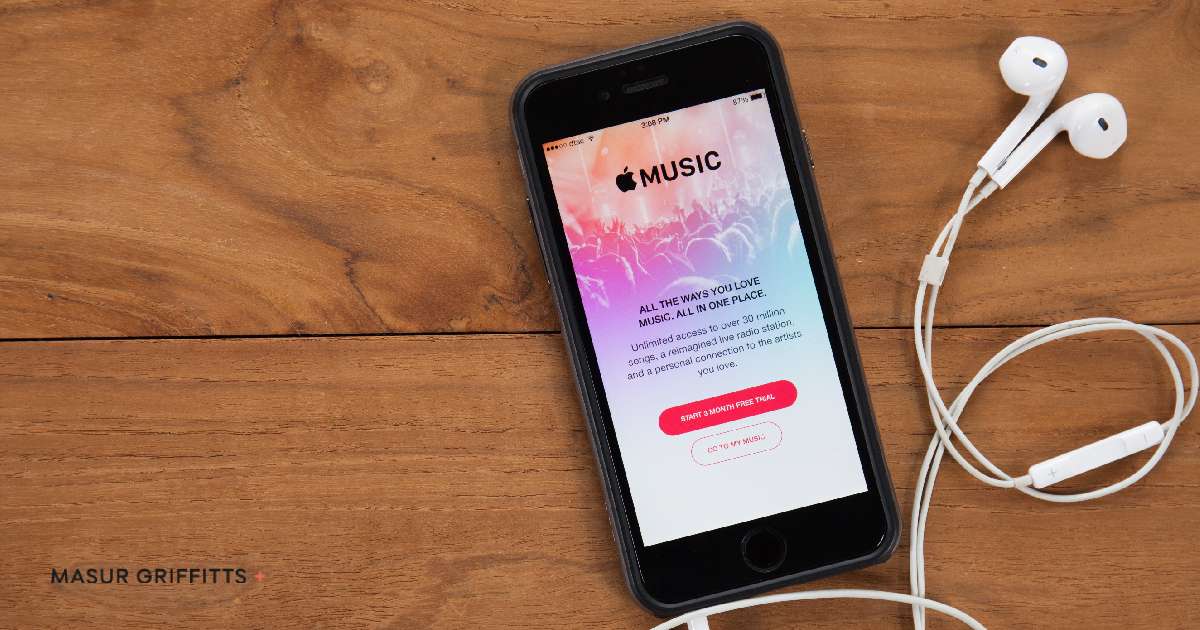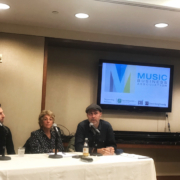The Music Modernization Act: Bringing Copyright Law into the Twenty-First Century
By: Steve Masur and Kristen Kennedy
On September 25, Congress unanimously passed H.R. 1551, the Orrin G. Hatch Music Modernization Act. Called “the biggest update to music legislation in the past 40 years,” the bill significantly amends the Copyright Act in several ways:
- The Music Licensing Modernization Act creates a blanket license and a collective database for the administration of mechanical licensing of recordings.
- The Classics Protection and Access Act guarantees that artists are compensated for the use of recordings made prior to 1972.
- The Allocation for Music Producers Act improves royalty payouts for producers and engineers when their recordings are used on satellite and online radio.
President of the Recording Industry Association of America (RIAA) Mitch Glazier called H.R. 1551 “a bill that moves us toward a modern music licensing landscape better founded on fair market rates and fair pay for all.” In fact, virtually every sector of the music industry has celebrated the news of the Act’s passing and the critical updates to copyright law that it puts into place. This legislation more closely aligns music copyright law with the current industry, dominated as it is by streaming and satellite radio services, and ensures a fairer and more just licensing system that should benefit all parties.
Title I – Music Licensing Modernization
Section 102 of the Music Modernization Act radically modifies Section 115 of the Copyright Act by establishing a blanket license for digital use and prescribing the creation of a mechanical licensing database. A blanket license allows entities like radio stations, streaming services, and television networks to perform any works in the repertory of a performing rights society, such as ASCAP or BMI, during the term of the license for a negotiated or court set fee. Without blanket licensing, streaming services like Netflix and Hulu would find it difficult to operate, as this system provides easy access to a large body of sound recordings and removes the risk of inadvertent copyright infringement. By comparison, the system of mechanical licensing grants users the right to reproduce compositions in both physical and digital mediums, including compact disks, cassette tapes, downloads, and streaming services. The mechanical licensing system previously in place was particularly cumbersome for streaming services and helped to create a host of problems, including huge amounts of unpaid royalties for mechanical rights holders and massive lawsuits.
Previously, the lack of a centralized database caused problems for both songwriters and streaming services, and lead to many lawsuits against Spotify and other services. The introduction of a blanket license and a licensing collective should streamline the process by which digital streaming services pay mechanical royalties to songwriters. With this update, rightsholders gain access to a transparent, publisher-maintained database, which should guarantee that songwriters will always receive compensation for mechanical licenses when their compositions are streamed on digital and satellite services.
Section 102 also reforms the Copyright Act by ending the time- and paper-intensive Notice of Intent (NOI) process, which required artists to send physical letters of intent to all publishers, and implementing electronic licensing instead.
Title II – Classics Protection and Access
Songs recorded before 1972 were not retroactively covered when Congress created copyrights for sound recordings. Title II of the Act closes this loophole, establishing federal copyright protection for artists who recorded music prior to 1972. Digital services will now be required to give copyright owners notice of their use of any pre-1972 recordings and pay royalties for that use; if they fail to do so, they will be treated as copyright infringers. The Act also clarifies the expiration period for pre-1972 sound recordings, creating a clear timetable for their entrance into the public domain.
Title III – Allocation for Music Producers
Producers and engineers were previously not covered by copyright law, and could only earn royalties via Letters of Direction from artists who wished to share them; furthermore, copyright law failed to take royalties from satellite and online radio into account at all. The lack of an enforcement mechanism in place to force third parties to comply with Letters of Direction constrained producers’ and engineers’ ability to earn royalties. Title III changes that, putting in place a mandate that services such as Spotify and Apple Music must pay royalties to these groups and streamline their licensing processes. Producers and engineers will now be able to submit Letters of Direction to a designated non-profit collective, which will oversee the collection and distribution of royalties earned from compositions played over satellite and online radio. By expanding the scope of copyright law from traditional AM/FM radio to encompass these new forms of radio, the Act significantly modernizes the legal landscape.
Together, these provisions provide a critical update to the previous patchwork system of licensing, which was difficult to apply to the modern-day digital streaming business model. By establishing a centralized system of mechanical licensing, this legislation ensures that copyright owners will receive fair payment for the use of their works, and reduces the risk of litigation that streaming services and broadcasting companies currently face. The Act also provides much-needed protection for legacy artists, producers, and engineers. It’s an ambitious piece of legislation, and its unanimous passage speaks to the fact that the antiquated system previously in place was not effectively serving anyone. Virtually all players in the music industry stand to benefit from this dramatic modernizing of copyright law, and by creating a more transparent and just system of copyright enforcement, Congress and the recording industry have both achieved a remarkable victory. Ensuring that it is not pyrrhic will be about how its many parts move from paper to implementation.
***
We would like to thank our intern Kristen Kennedy for her contribution to this article.









